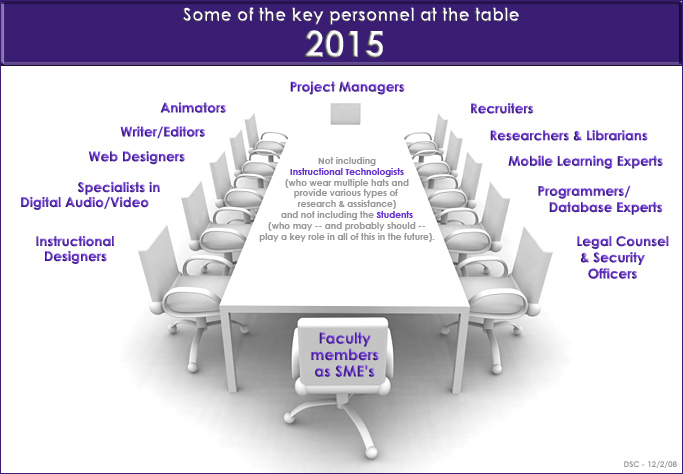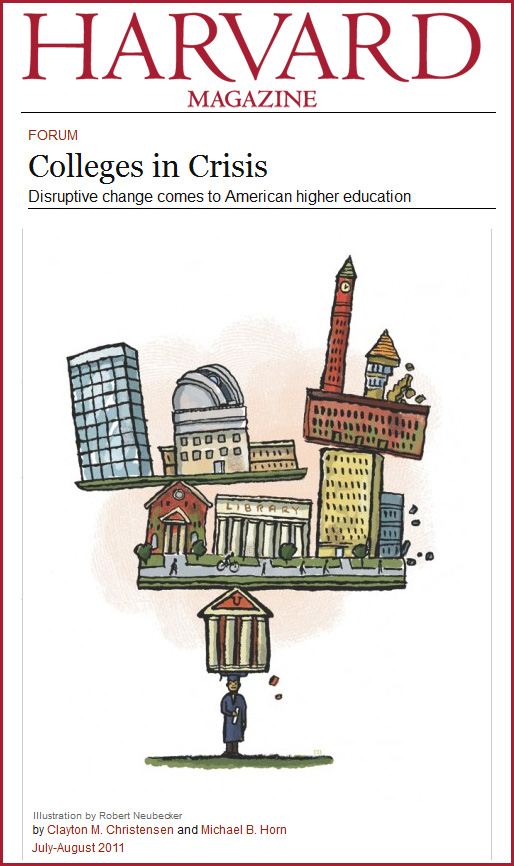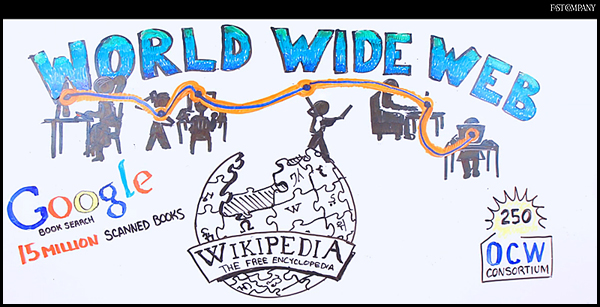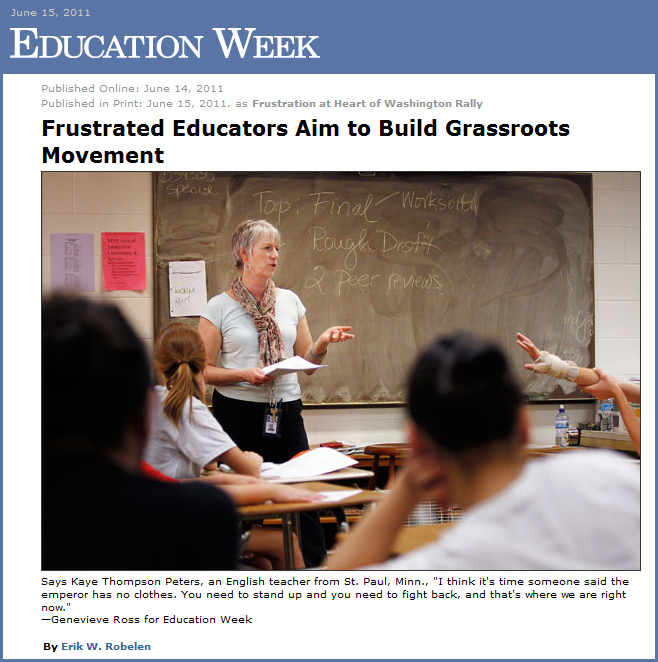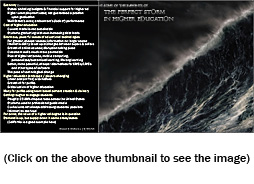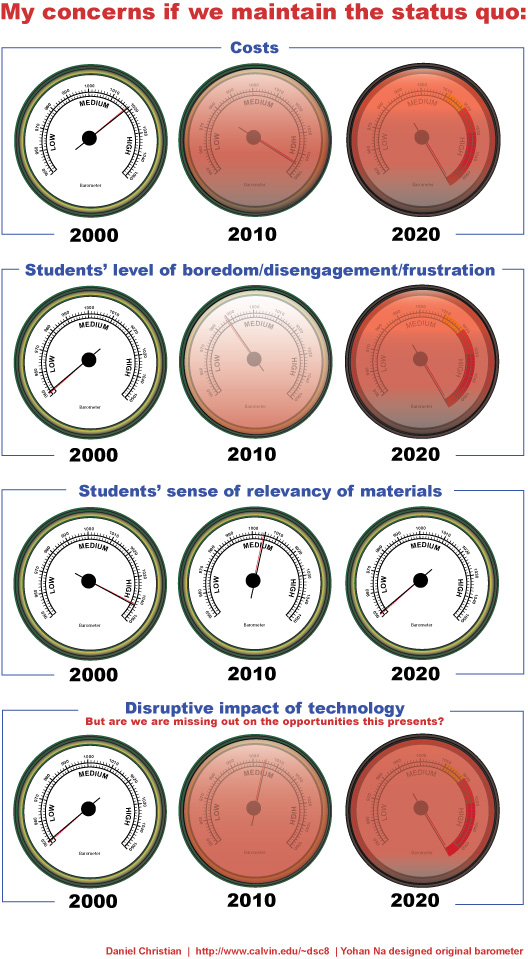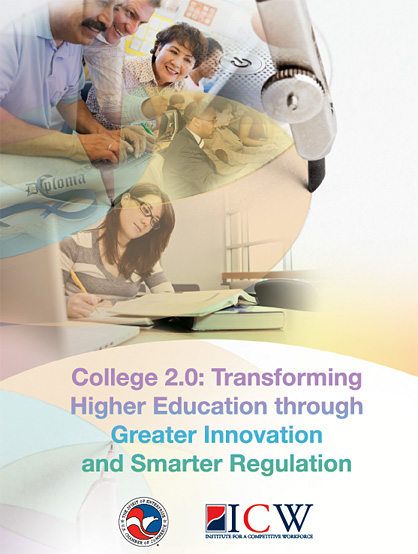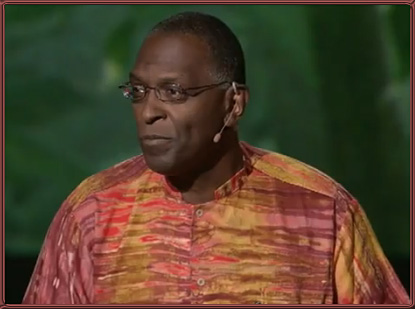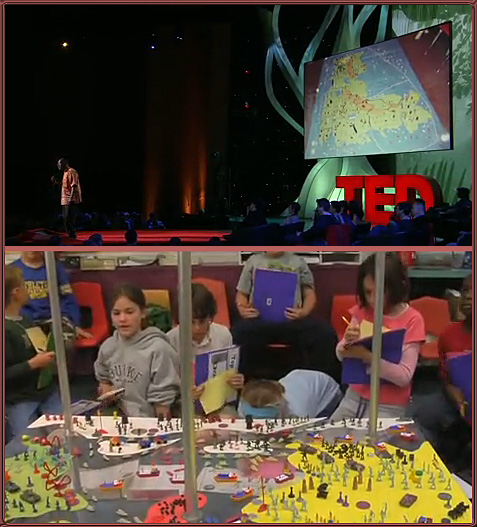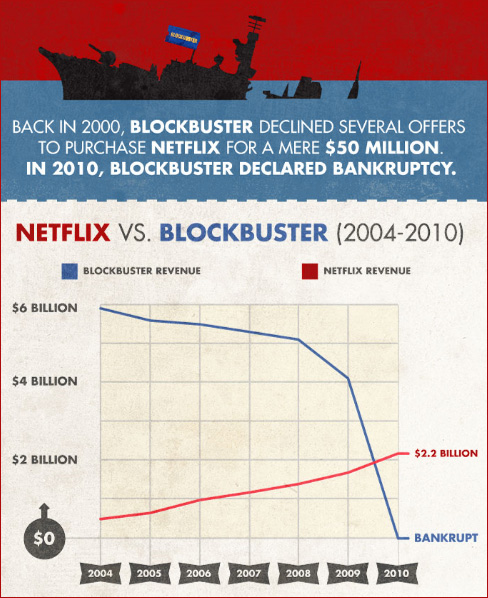Higher education’s toughest test — from by Jon Bischke and Semil Shah
In the debate sparked by Peter Thiel’s “20 Under 20 Fellowship” (which pays bright students to drop out of college), one fact stands out: the cost of U.S. post-secondary education is spiraling upward, out of control. Thiel calls this a “bubble,” similar to the sub-prime mortgage crisis, where hopeful property owners over-leveraged themselves to lay claim to a coveted piece of the American dream: home ownership.
…
Today, however, the credentialing provided by universities is becoming decoupled from the knowledge and skills acquired by students. The cost of obtaining learning materials is falling, with OpenCourseWare resources from MIT and iTunes U leading the charge. Classes can be taken online on sites like Udemy and eduFire, either for free or a fraction of the cost to learn similar material at a university, and sites like Veri, which recently launched at TechStars NYC Demo Day, aims to organize and spread one’s accumulated knowledge.
…
The fresh cadavers from the shakeouts in the music and publishing industries should provide motivation to presidents, chancellors, and provosts to look seriously at this problem, as many of the same dynamics that disrupted those industries are now at play in higher education. As students around the world start preparing for their year-end exams, it will be interesting to see how seriously leaders of universities prepare for one of the toughest tests that they’ll ever face.
From DSC:
I have been trying to get these trends/warnings/messages across to others for years — more people are starting to raise the same red flags on some of these same topics as well.
There is great danger in the status quo these days. Don’t get me wrong — I’m a firm believer in education, especially liberal arts education. But the traditional model is simply not sustainable — it continually shuts more people out of the system and/or puts such a burden on students’ backs as to significantly influence — if not downright limit — their future options and experiences.
But as the saying goes, “Change is optional — survival is not mandatory.”
Addendum:
